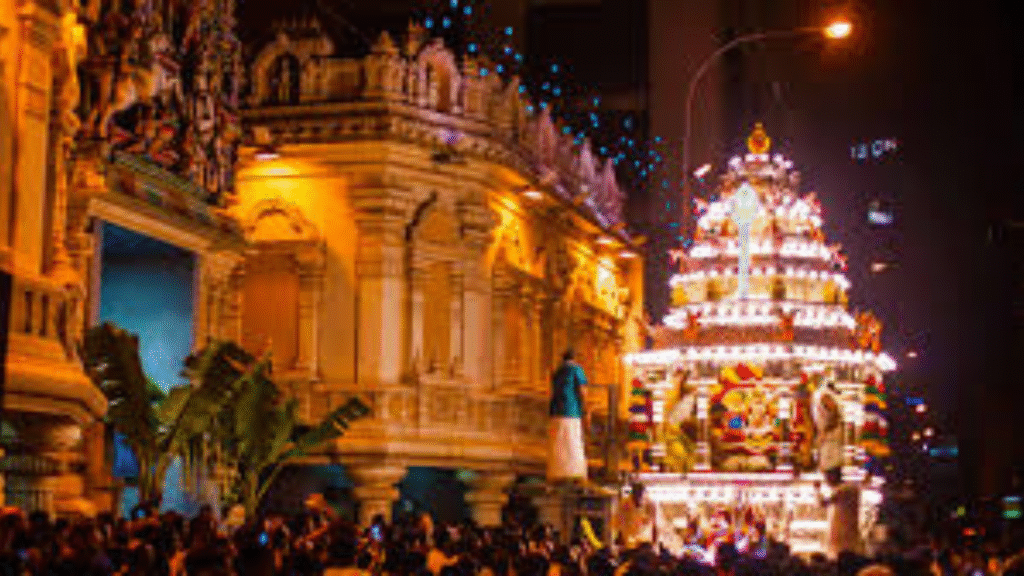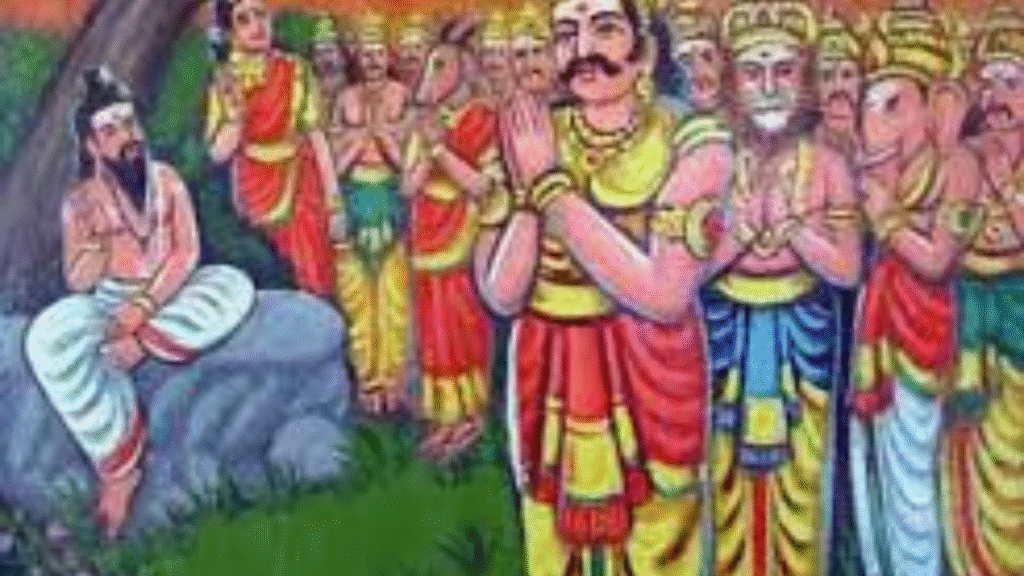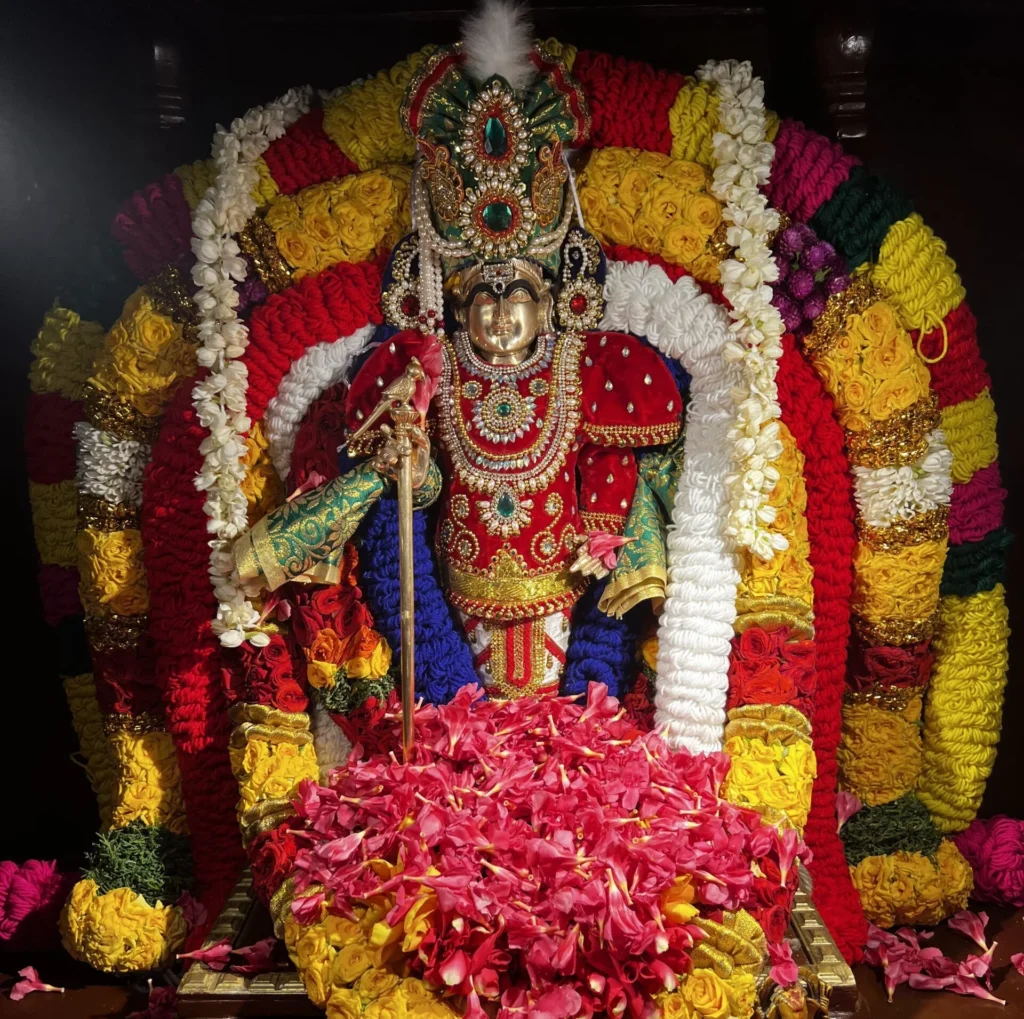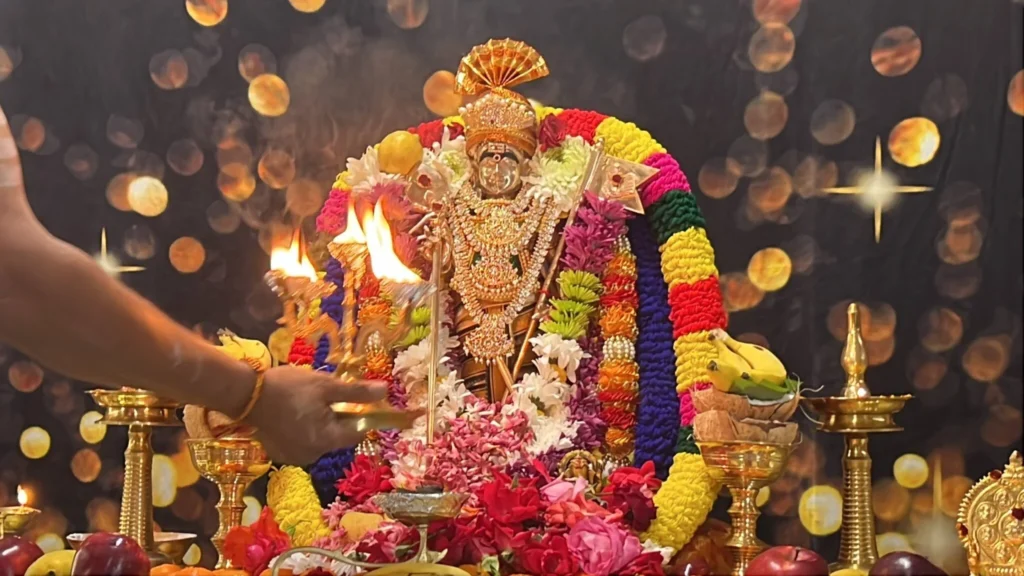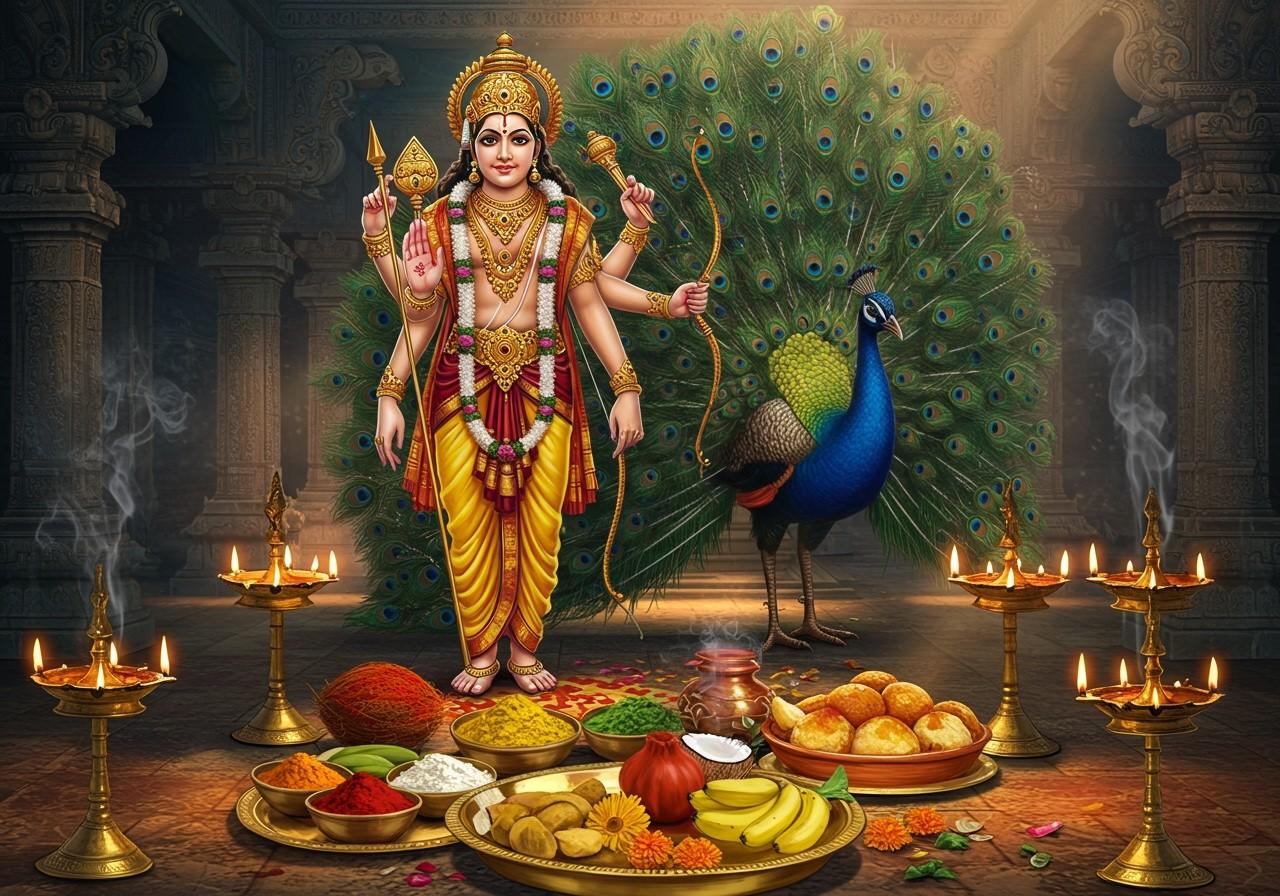Sharad Navaratri – October 3rd
Recent Comments
Recent Posts
Archives

Sharada Navaratri is the most celebrated out of all the navaratri days. The festival is celebrated every fall for nine nights. The tenth day, Vijayadashimi, is a good day to start learning new things.The festival is celebrated all around the world and differs in how it is celebrated in the different regions of India.The festival honors the feminine nature of God, and the festival especially reveres Durga. The first three days of the festival celebrate Durga who signifies victory and courage. The next three days are dedicated to Lakshmi, the goddess of wealth, and the last three days are for Saraswati, the goddess of knowledge. Each of the nine days are also associated with one particular quality of Devi, and the color associated with that night relates to that quality.People set up Golus in their homes for Navaratri. This tradition started in south India and is done in south-Indian homes around the world. Dolls are arranged on steps to create scenes from stories and real life. The steps are usually odd numbered, and the max is usually nine. People invite guests to their Golu where they sing bhajans and serve food. People go to many Golus over the course of Navaratri, sometimes going to many different Golus all in one night! People also visit many temples over the course of Navaratri. The Golus are carefully packed up at the end of Navaratri. The festival is also marked by Dandiya and Garba, which started in north and west India but has spread, including to the United States. The dances celebrate Durga’s defeat over Mahishasura.Music is important to this festival. People sing bhajans at Golus and temples, some groups travel to temples to play instruments and sing. -By Bhuma Ravindraraj

